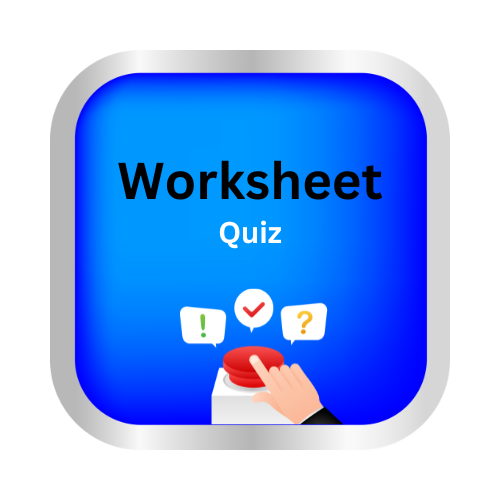Rotations: find the coordinates
Key Notes :
A rotation turns a figure around a fixed point.
Learn with an example
The point P(–6, –6) is rotated 270° anticlockwise around the origin. What are the coordinates of the resulting point, P′?
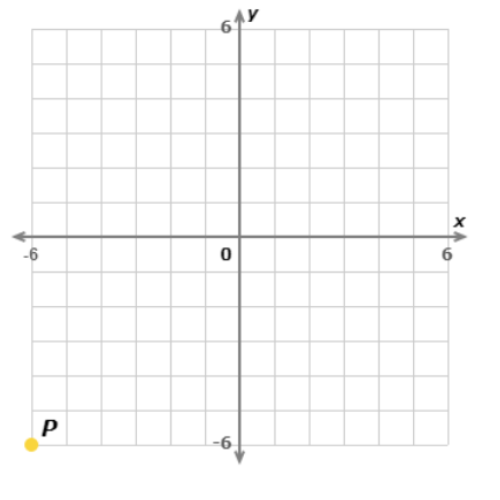
P’ = (_____,____)
270° is 3/4 of a full turn. The rotation will turn the point 3/4 of a full turn in the anticlockwise direction.
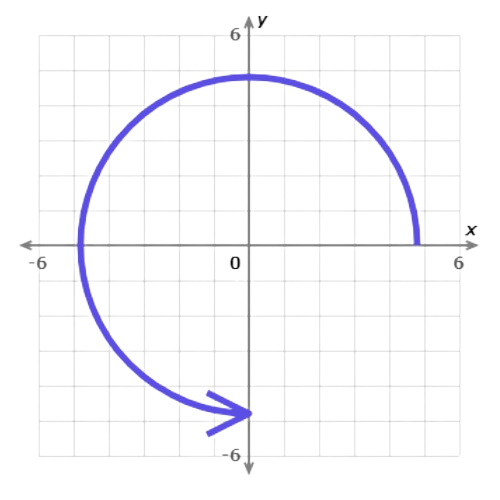
270° anticlockwise is the same as 90°clockwise. You can think of the rotation as 1/4 of a full turn in the clockwise direction.
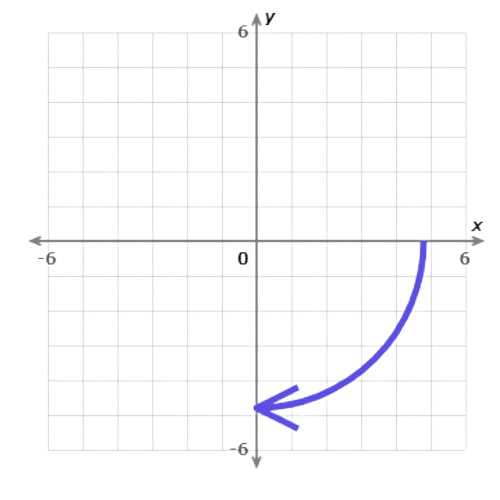
Start with the point P(–6, –6).
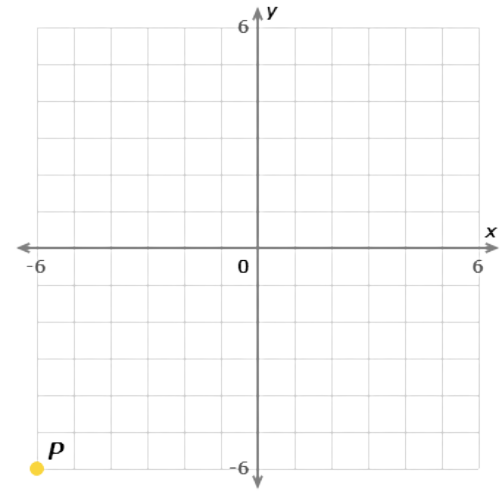
Rotate the point 270° anticlockwise around the origin. The point will move from Quadrant III to Quadrant II. To find the exact location, imagine (0, 0) and P forming opposite corners of a box. Rotate the box, keeping the (0, 0) corner fixed.
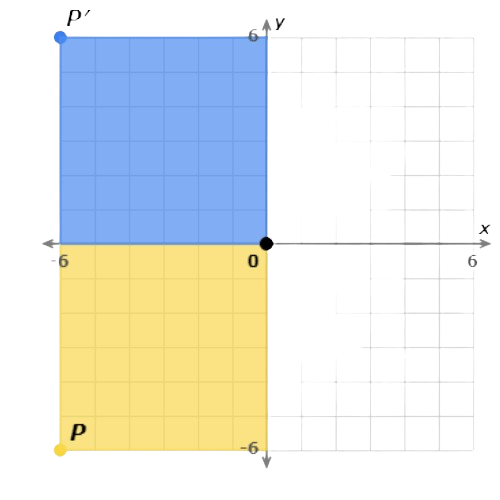
P′ has coordinates (–6, 6).
The point V(1, –2) is rotated 180° clockwise around the origin. What are the coordinates of the resulting point, V′?
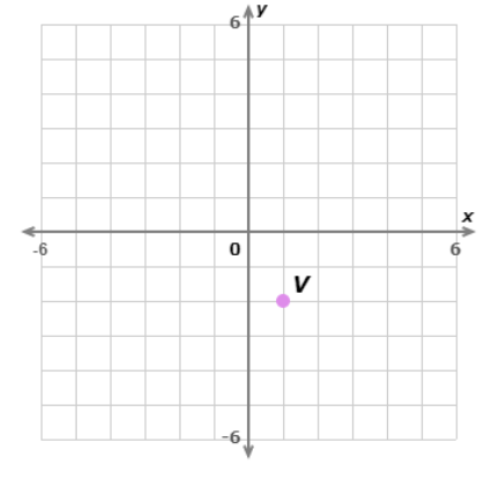
V’ = (_____,____)
180° is 1/2 of a full turn.The rotation will turn the point 1/2 of a full turn in the clockwise direction.
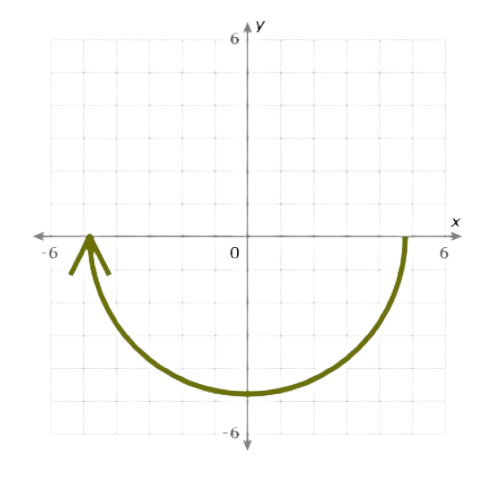
Start with the point V(1, –2).
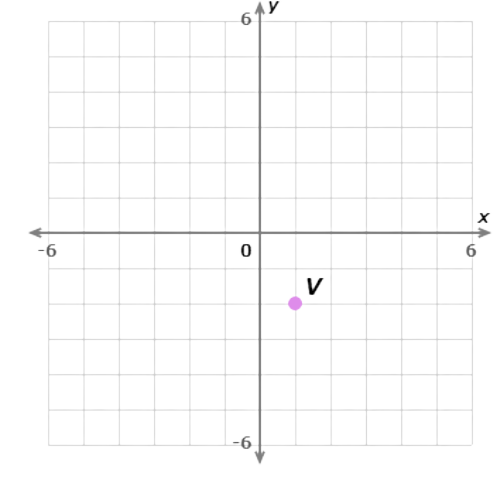
Rotate the point 180° clockwise around the origin. The point will move from Quadrant IV to Quadrant II. To find the exact location, imagine (0, 0) and V forming opposite corners of a box. Rotate the box, keeping the (0, 0) corner fixed.
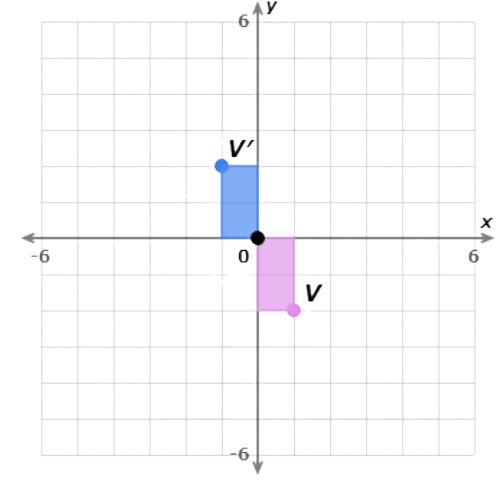
V′ has coordinates (–1, 2).
The point P(–1, –4) is rotated 180° anticlockwise around the origin. What are the coordinates of the resulting point, P′?
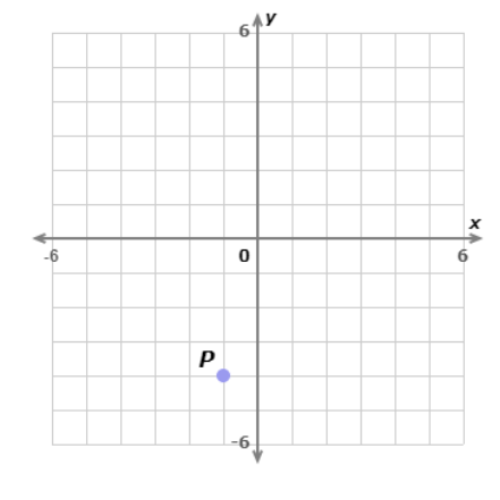
P’ = (_____,____)
180° is 1/2 of a full turn.The rotation will turn the point 1/2 of a full turn in the anticlockwise direction.
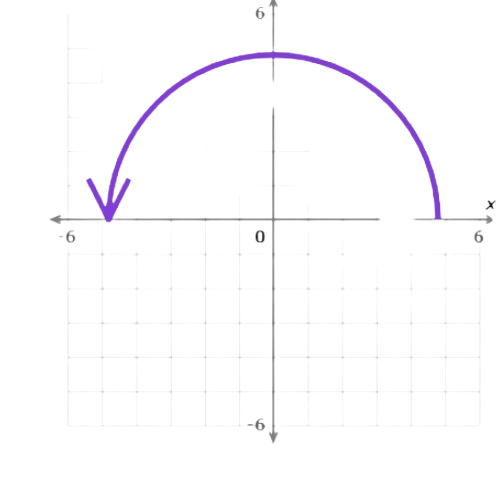
Start with the point P(-1,-4)
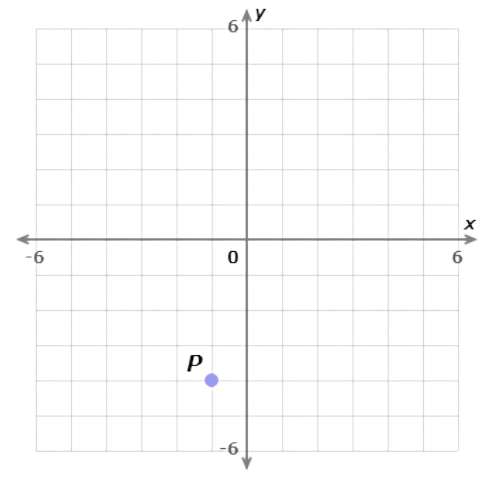
Rotate the point 180° anticlockwise around the origin. The point will move from Quadrant III to Quadrant I. To find the exact location, imagine (0, 0) and P forming opposite corners of a box. Rotate the box, keeping the (0, 0) corner fixed.
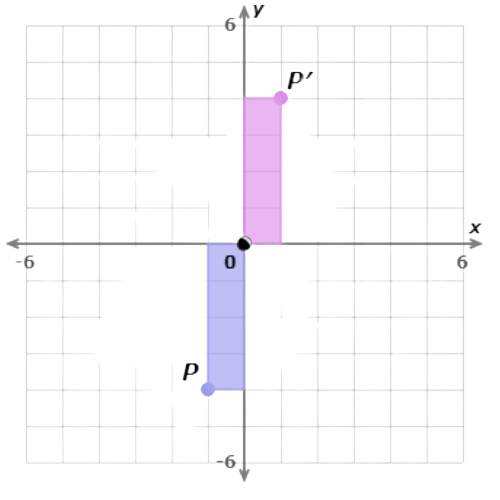
P′ has coordinates (1, 4).
let’s practice!

